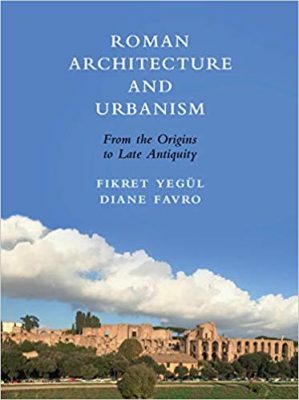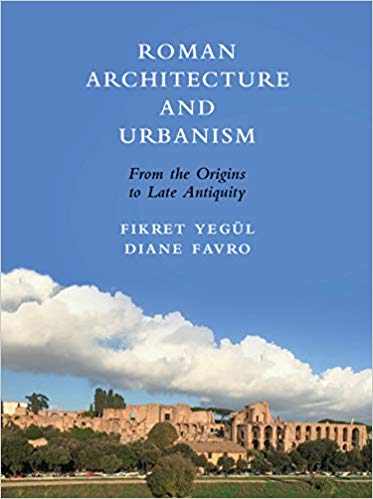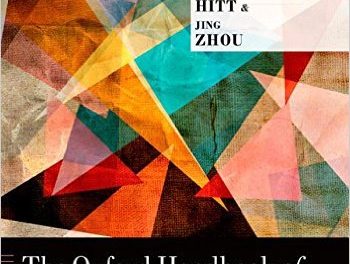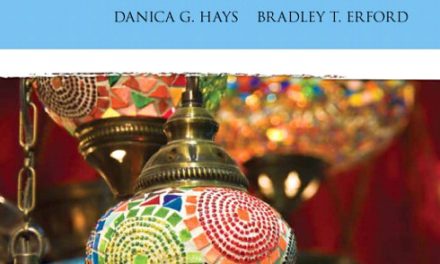 Editors: Fikret Yegul and Diane Favro
Editors: Fikret Yegul and Diane Favro
Publisher: Cambridge University Press – 897 pages, with 800+ illustrations
Book Review by: Sonu Chandiram
The architecture of Rome – along with the detailed planning, design and execution, and construction of the various buildings and structures that resulted in such a wonderful city with its beautiful environment – has been a source of awe and inspiration for many people who dream and desire to create. This book empowers them to turn their imaginative sketches into reality.
A large-format (12 x 9) book of almost 900 pages, with numerous images, Roman Architecture and Urbanism: From the Origins to Late Antiquity is all of this and much more:
- A comprehensive history and analysis of the Roman-built environment, emphasizing design and planning aspects of buildings and streetscapes.
- An exploration of the dynamic evolution and dissemination of architectural ideas, showing how local influences and technologies were incorporated across the vast Roman territory.
- A how-to manual of Roman construction and engineering expertise, as well as logical proficiency, that contributed to the making of bold and exceptional spaces and forms.
- A valuable compendium of information based on decades of firsthand examinations of ancient sites throughout the world, from Britain to Syria.
- A lively and accessible account of the enduring attractions of Roman buildings and environments and their relevance to a global view of architecture.
- A highly useful visual delight with new plans and drawings, as well as digital renderings of the classical world and the history of architecture and urban design
This book consists of 12 chapters we list below to provide you the readers with an overview:
Introduction: The Question of Romanization
- Urban Design and Architecture in Rome and Italy during the Republic and the Early Empire
- Temple Architecture of Republican Rome and Italy
- Technology and Building
- Julio-Claudian Architecture in Rome
- Residential Architecture
- Imperial Architecture in Rome from the Flavians to the Antonines
- Architecture and Planning in Italy and the Western Provinces: From the Republic to the Empire
- Architecture and Planning in North Africa
- Greece under Roman Rule
- Architecture and Planning in Asia Minor
- The Roman Near East
- The Late Empire in Rome and the Provinces: From the Severans to Constantine
This book contains over 800 images of buildings and structures throughout its pages, including 48 color plates with un-numbered pages between page 560 and page 561. The images truly depict the ineffable and awesome wonder that was Rome!
This is an excellent work on Rome and its architectural history, a must-have for any established or aspiring architect desiring to broaden his or her overall perspective of the field.
Editors:
Fikret Yegul is a distinguished professor emeritus at the University of California in Santa Barbara. Trained as an architect and architectural historian, he has extensive field experience in archaeology, notably as a long-time member of Harvard’s Sardis Excavation.
Yegul is completing a major publication on the Temple of Artemis. Among his other books is Baths and Bathing in Classical Antiquity, which received the prestigious Alice Davies Hitchcock Award from the Society of Architectural Historians.
Diane Favro is a distinguished professor emerita in the Department of Architect and Urban Design at the University of California in Los Angeles. Author of the influential book The Urban Image of Augustan Rome, she has pioneered research applications of virtual reality digital reconstructions with Rome Reborn (1993), the Digital Roman Forum (2002), and Digital Karnak (2007).
She was a director of the UCLA Experiential Technologies Center, president of the Society of Architectural Historians, and Samuel H. Kress Professor at the Center for Advance d Study in the Visual Arts at the National Gallery of Art.







